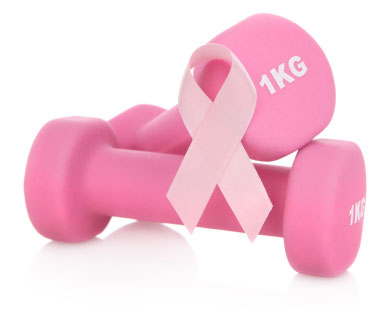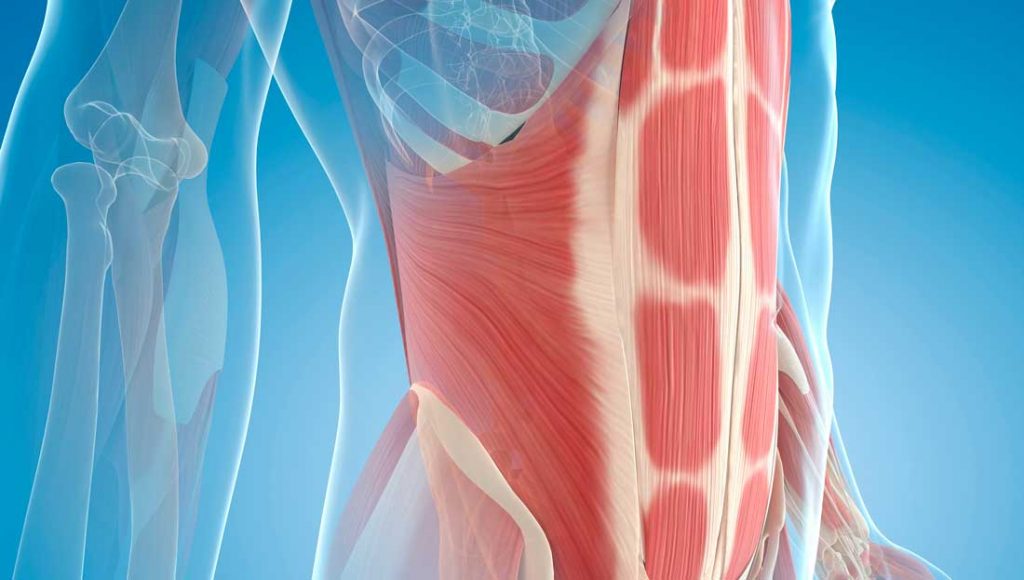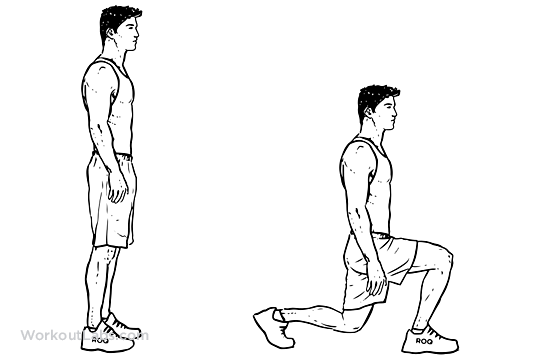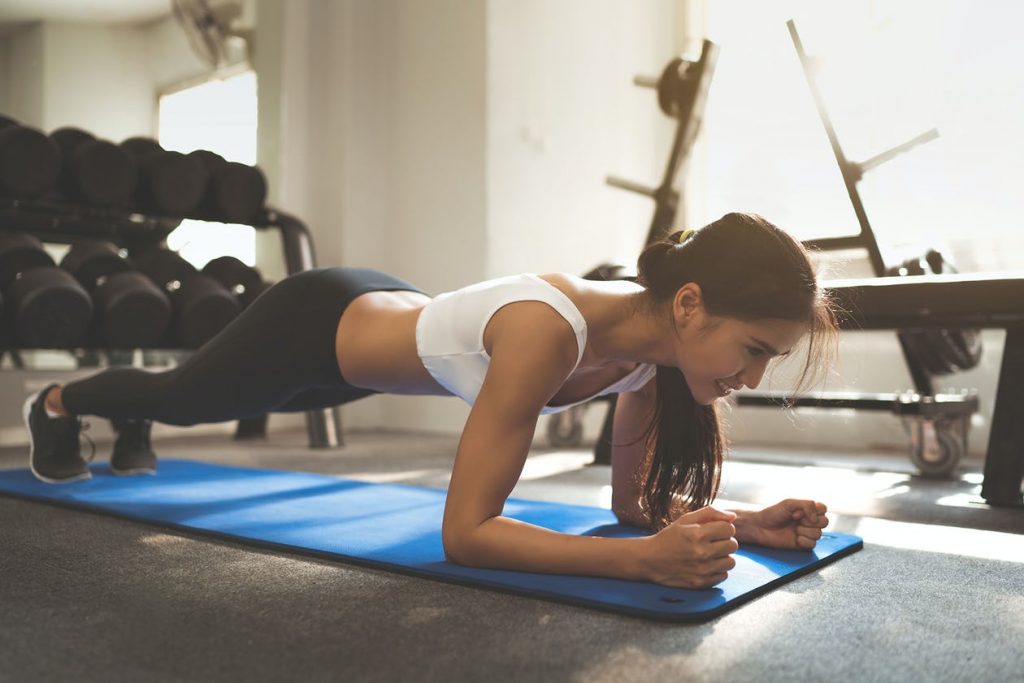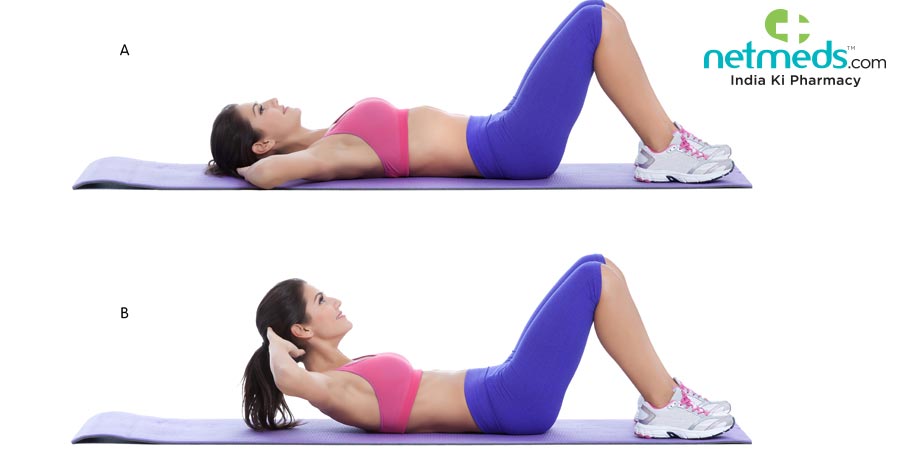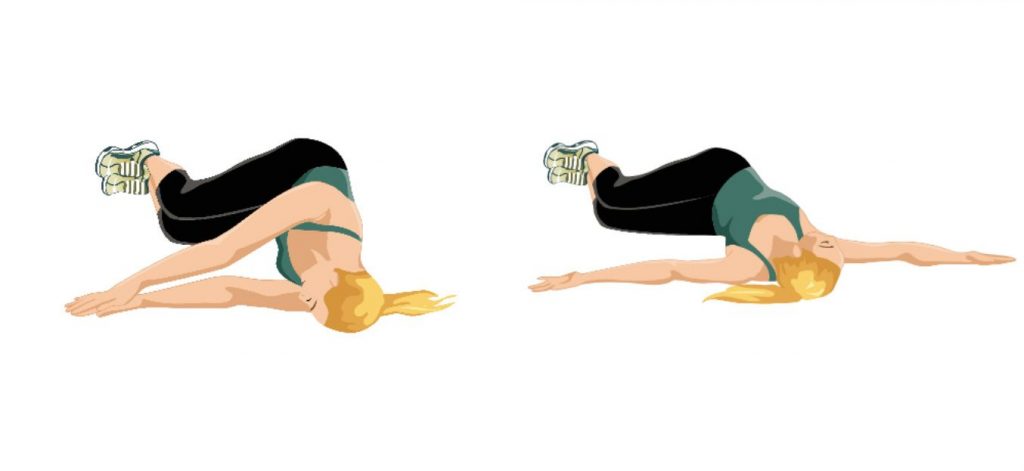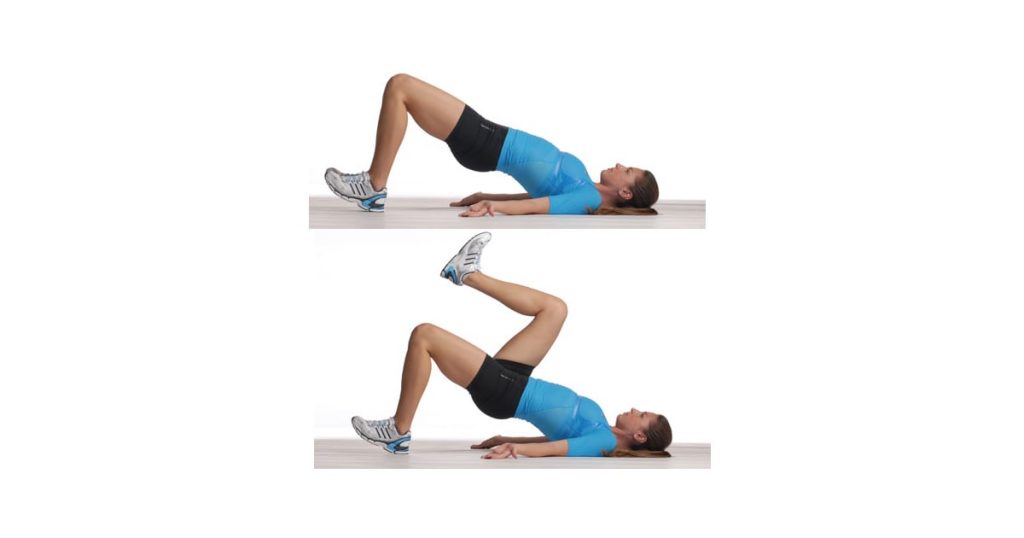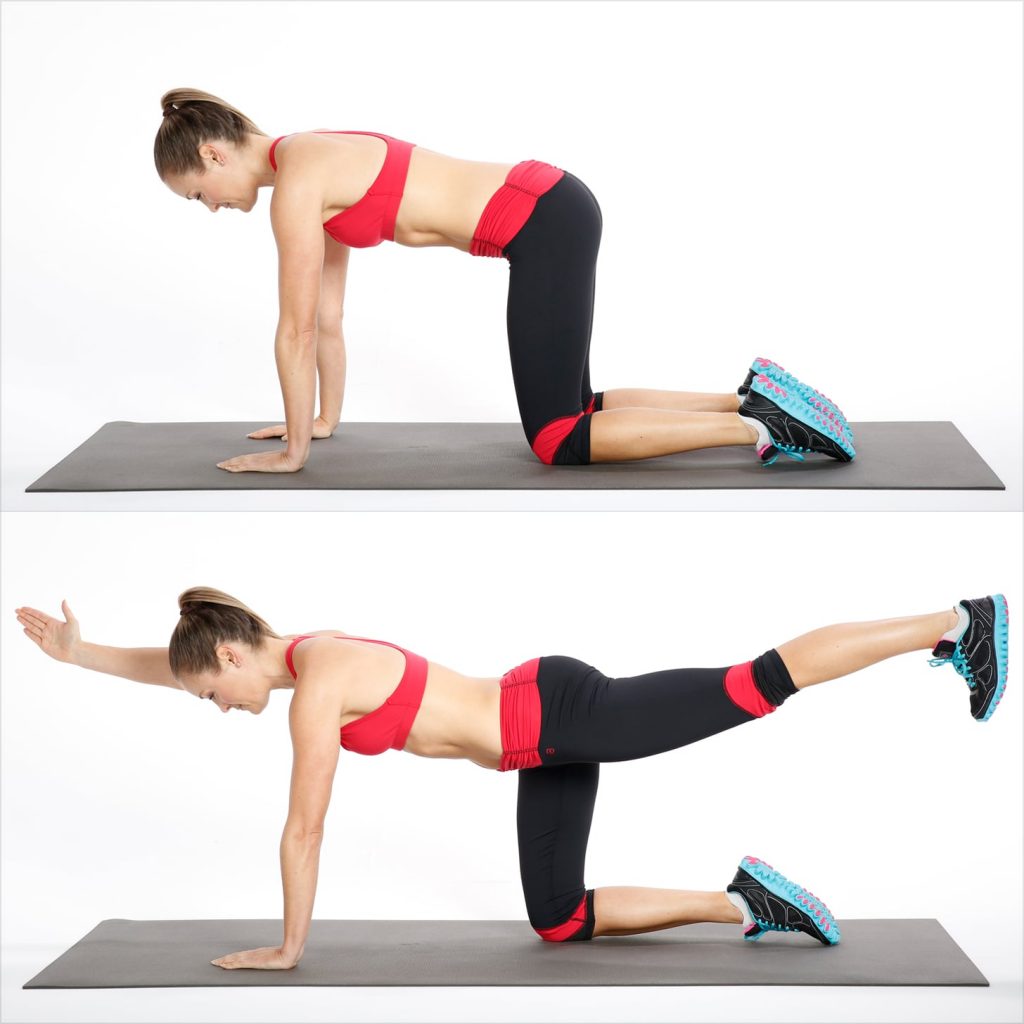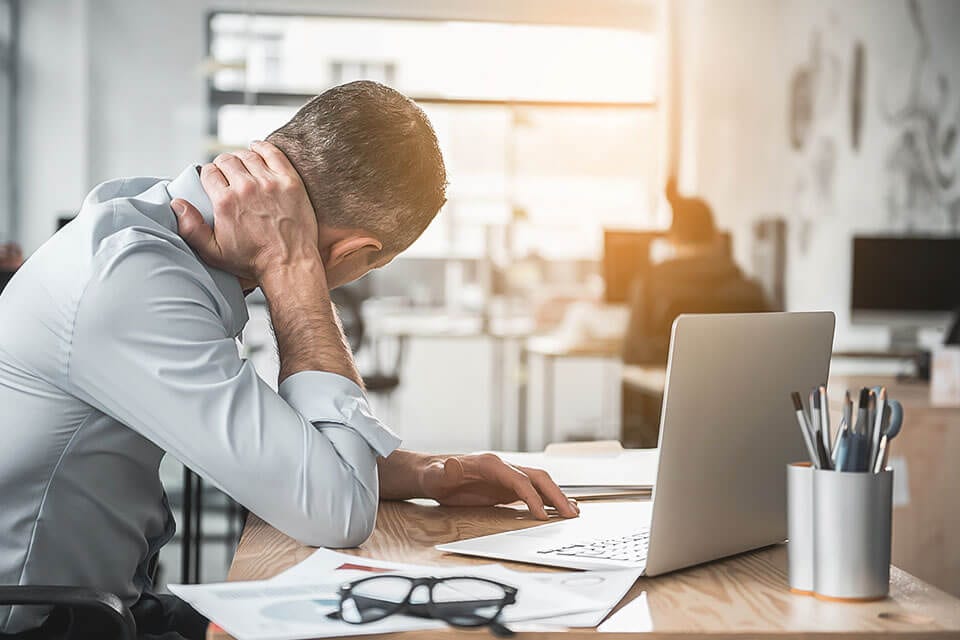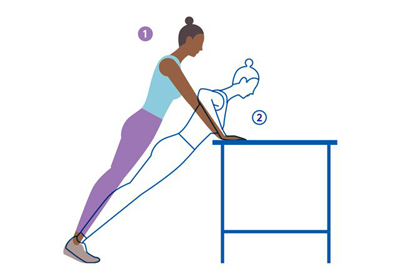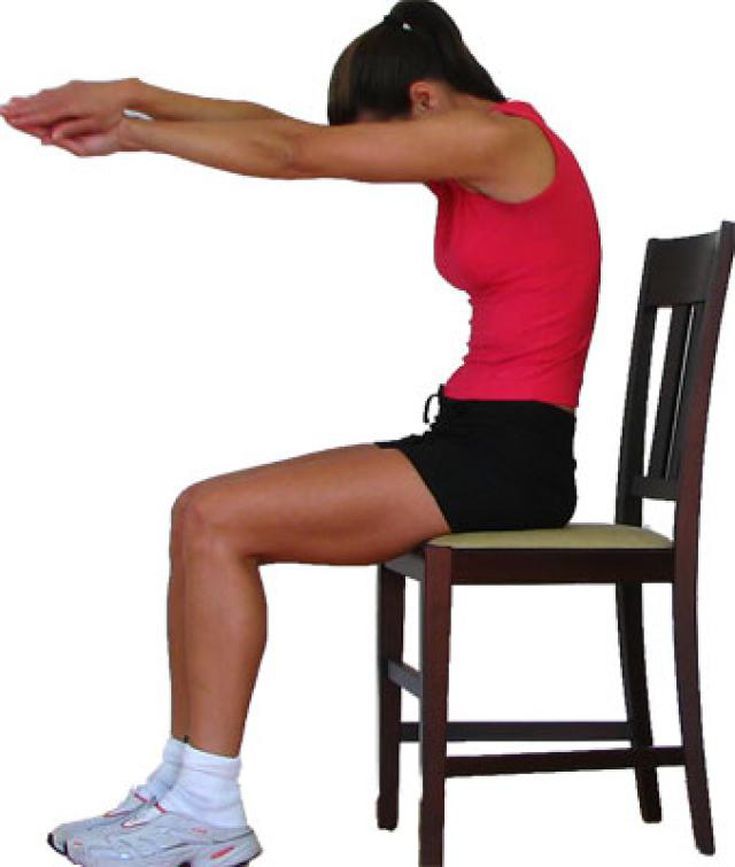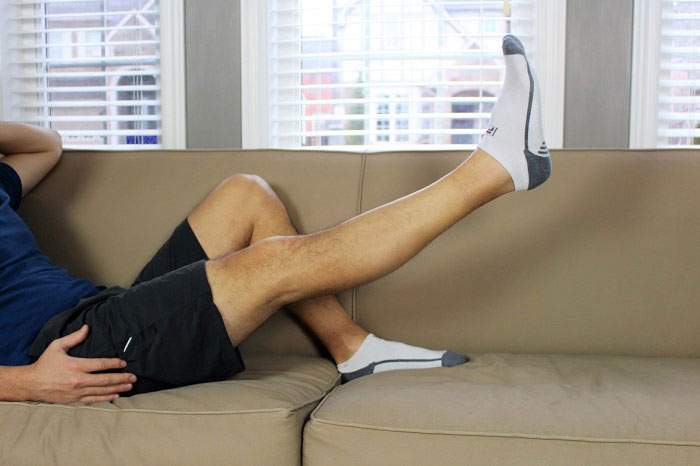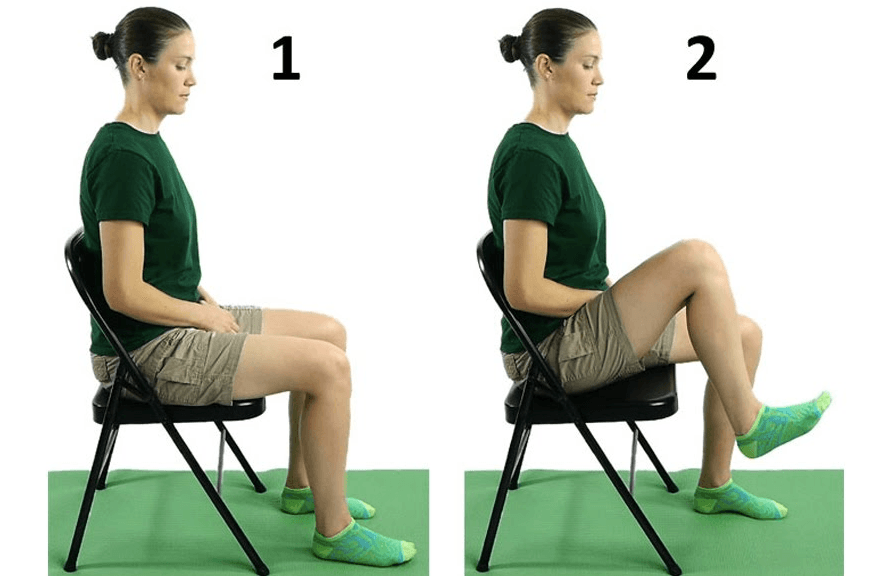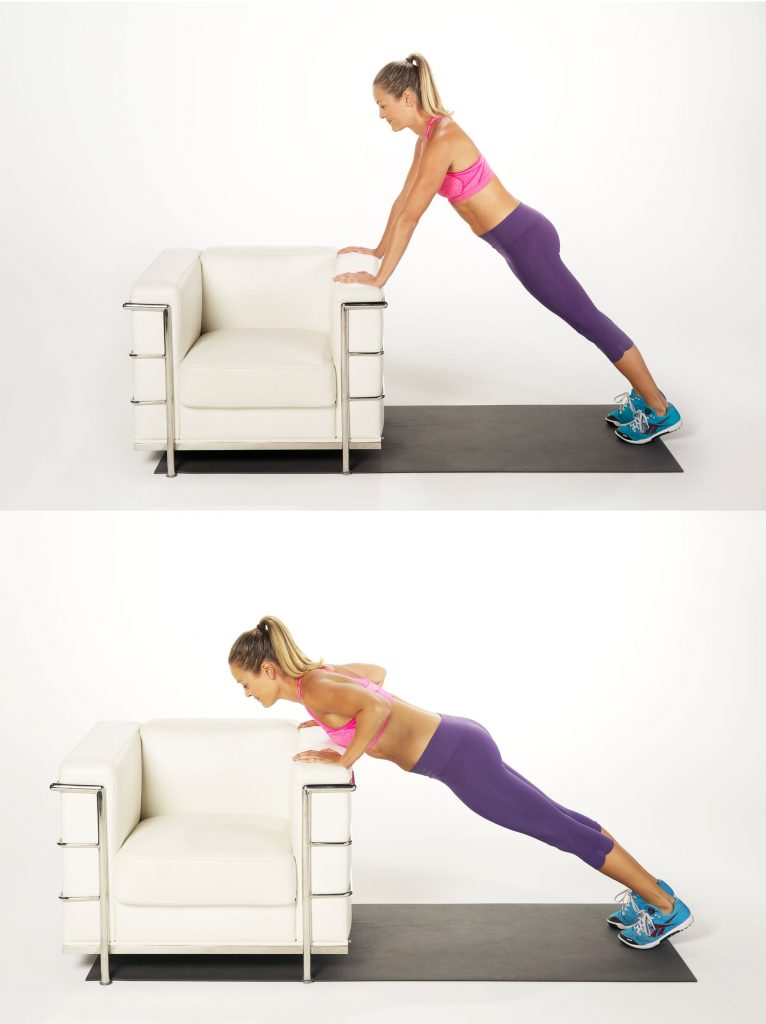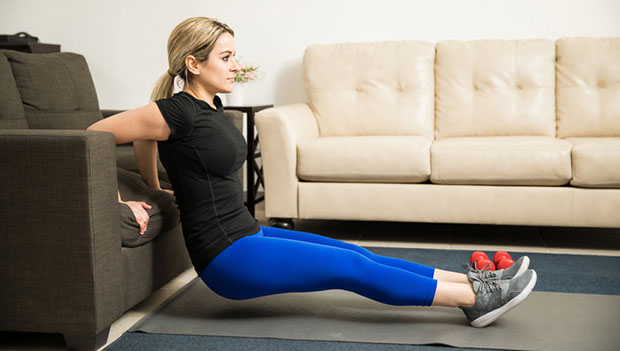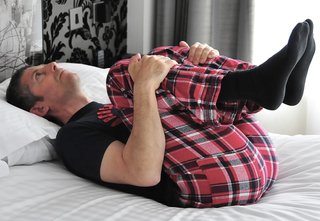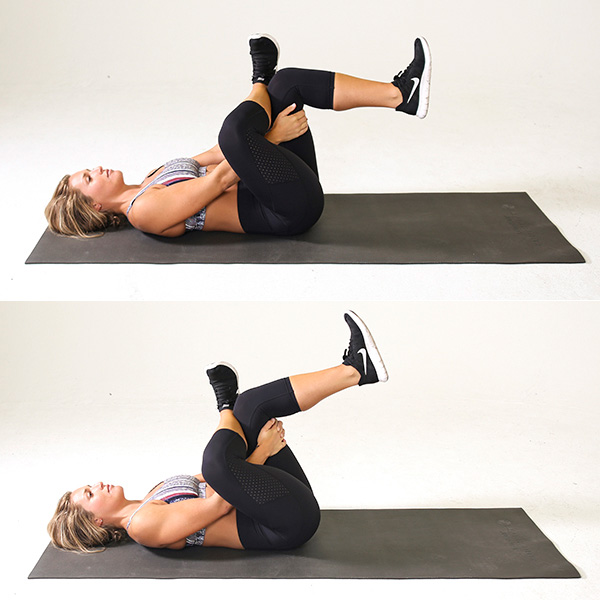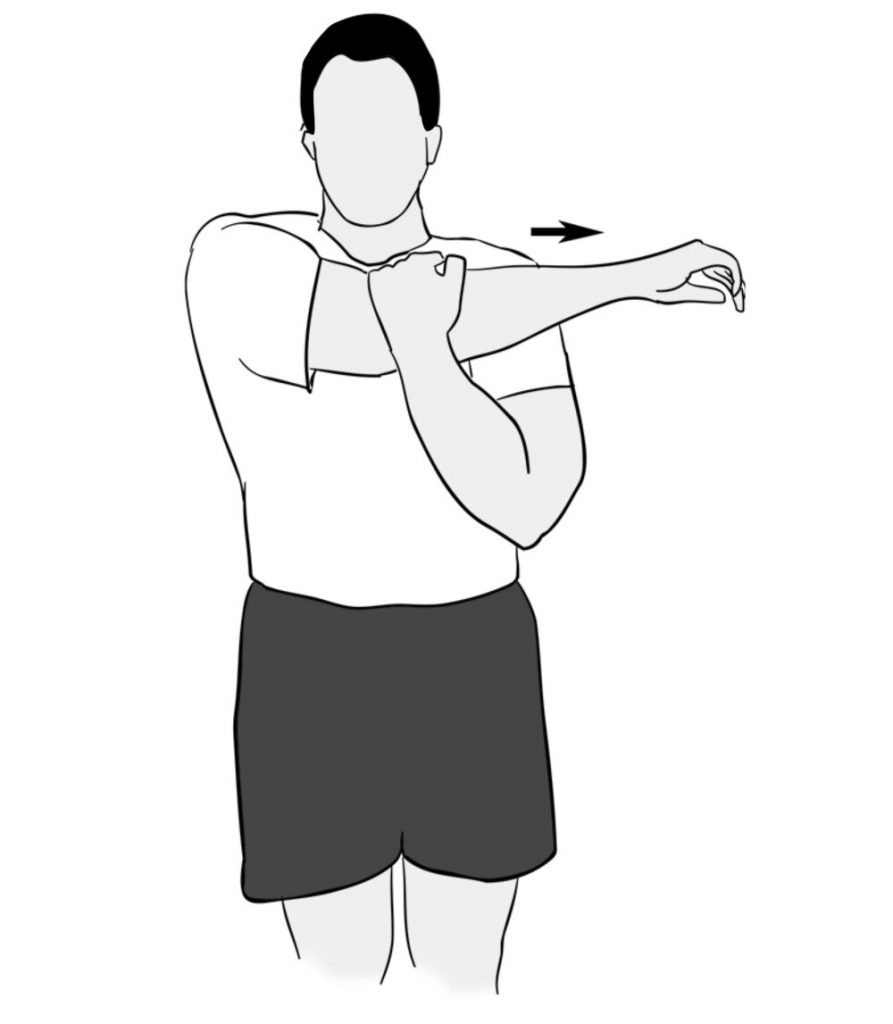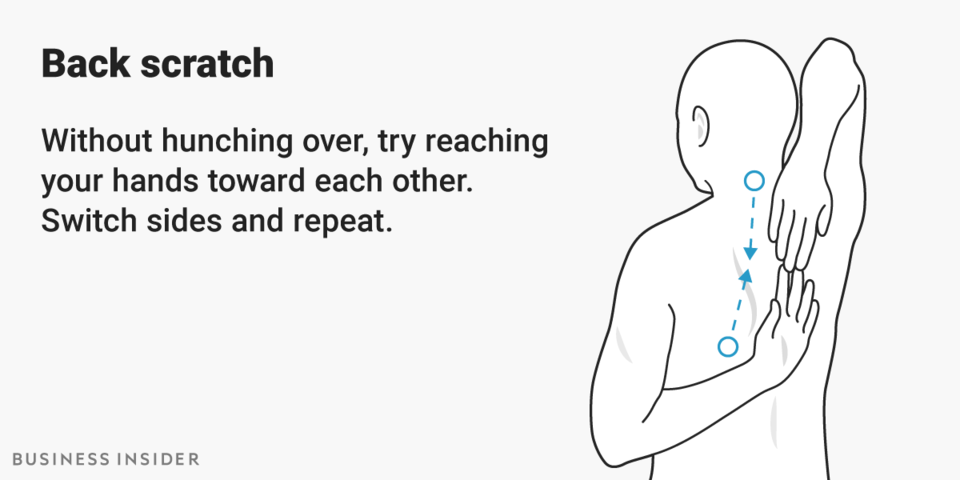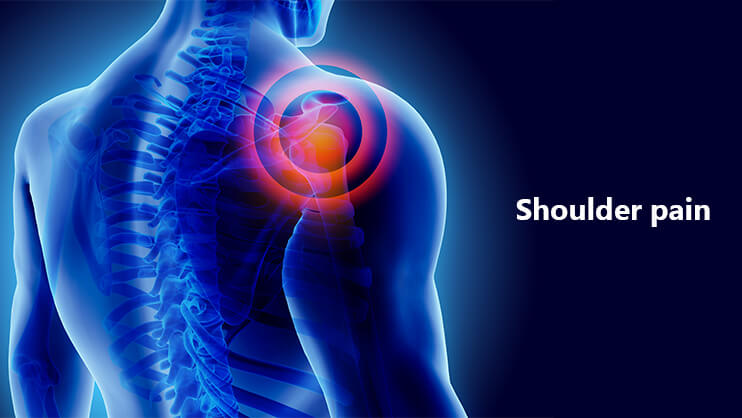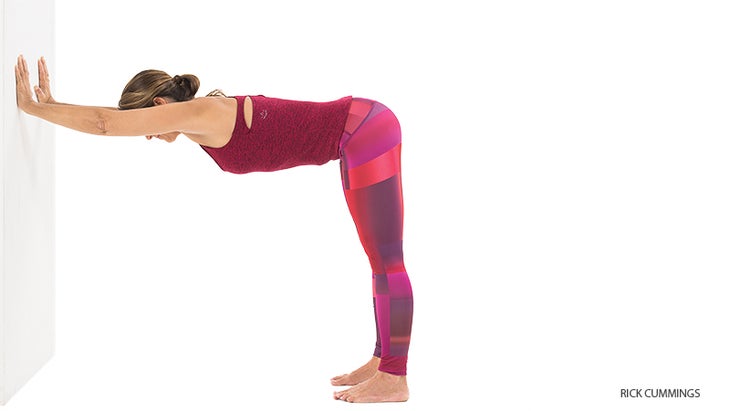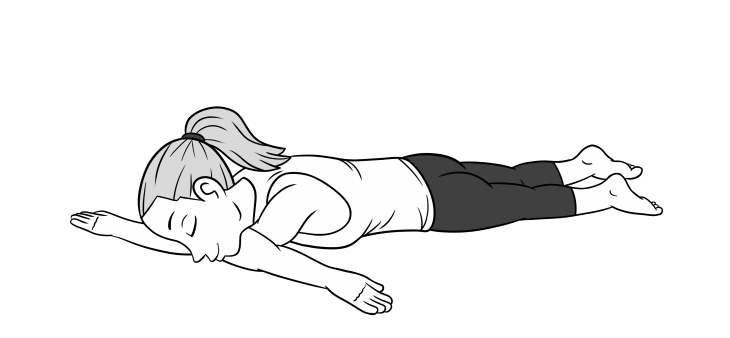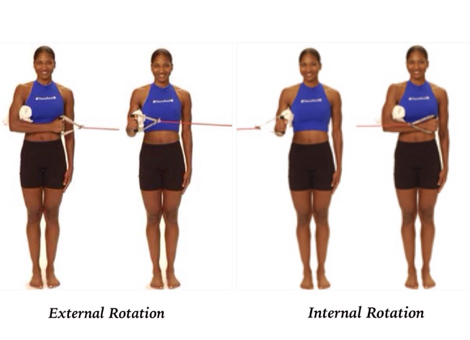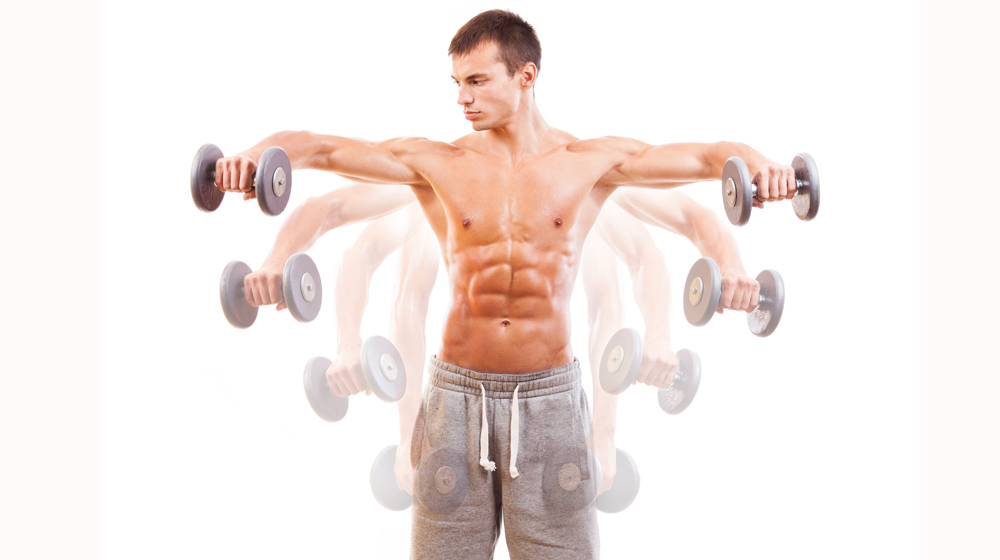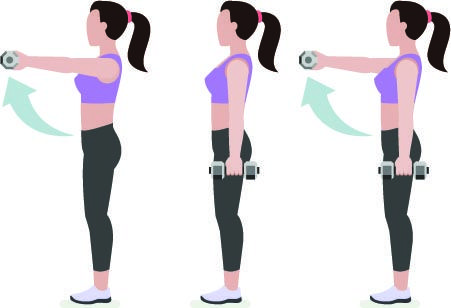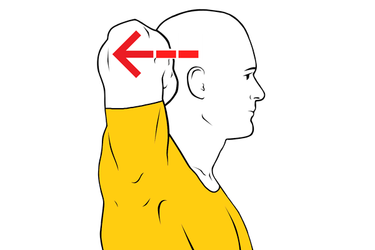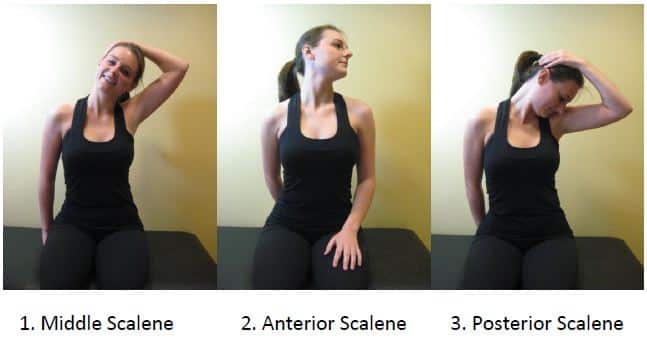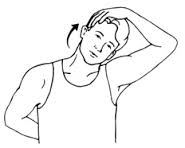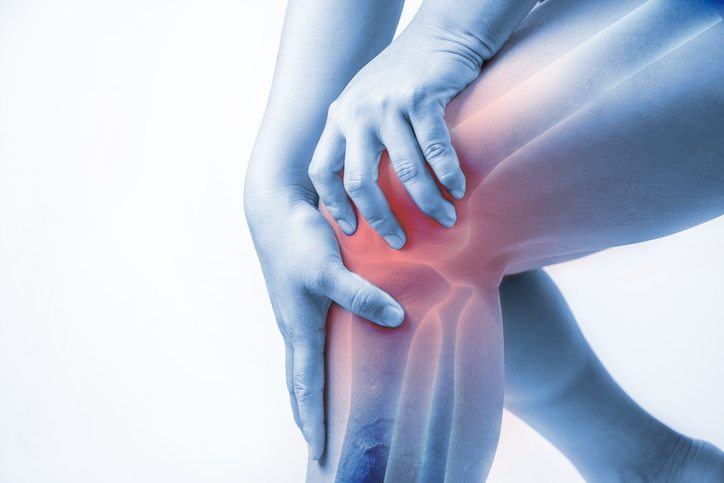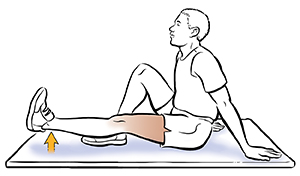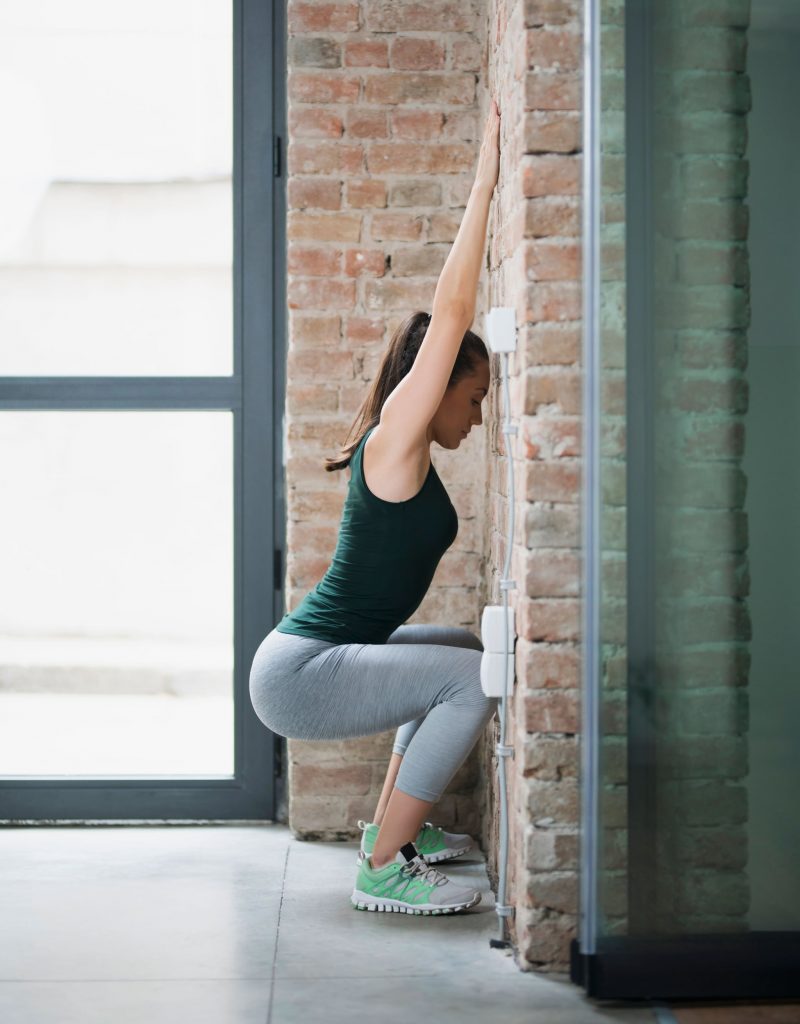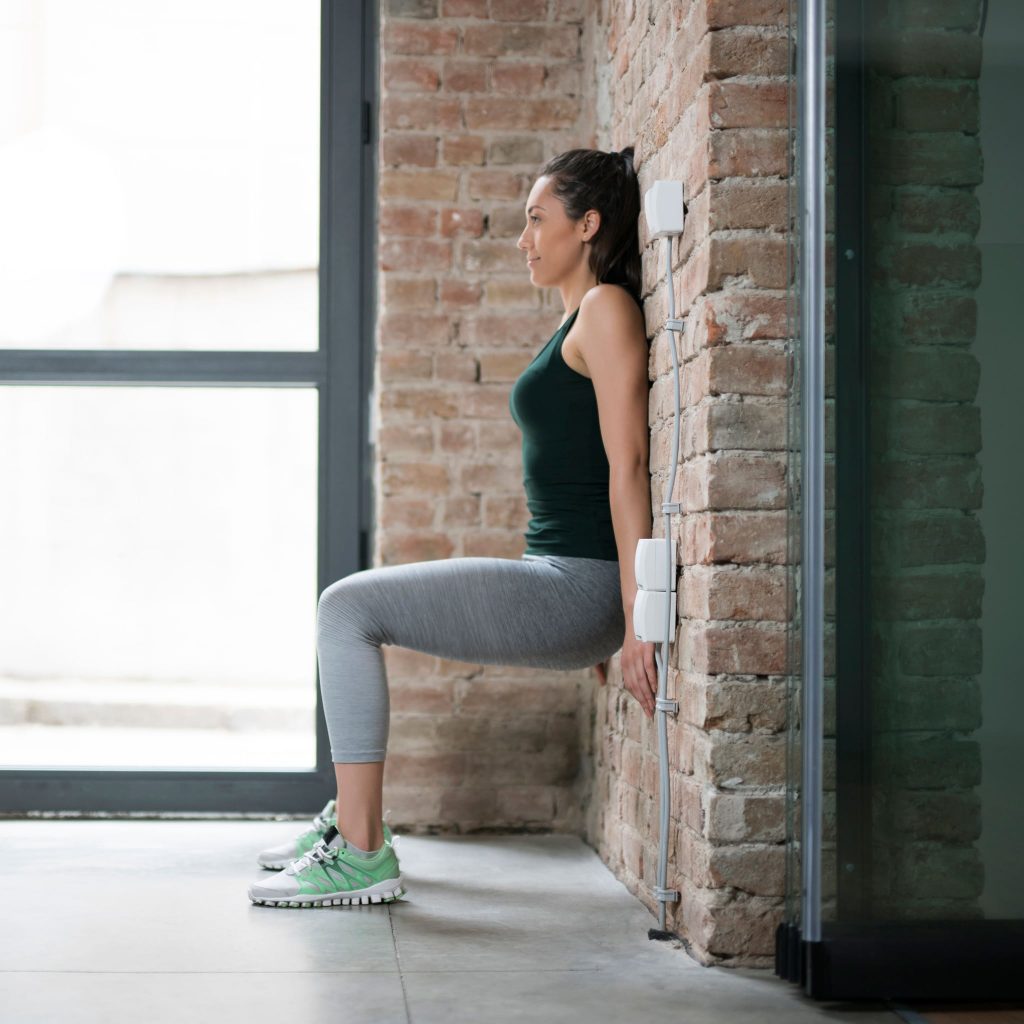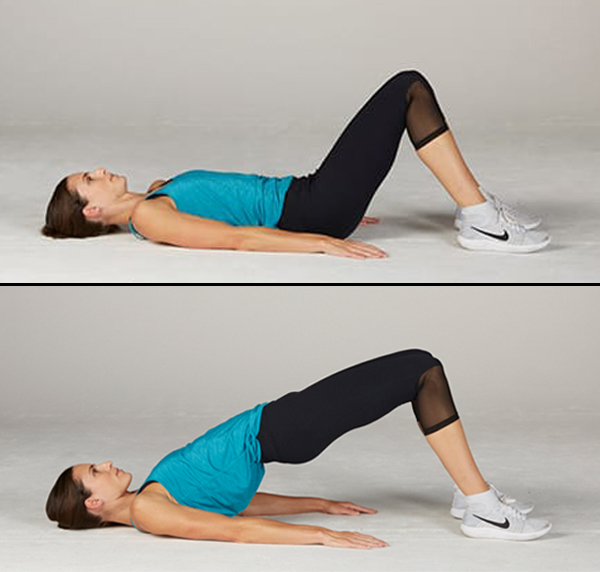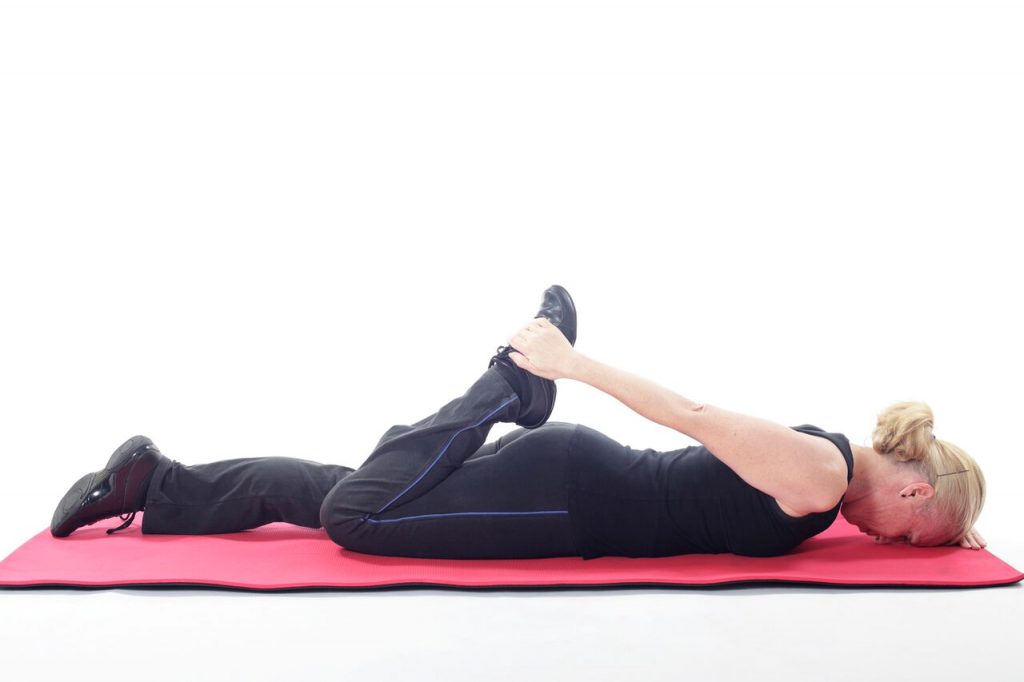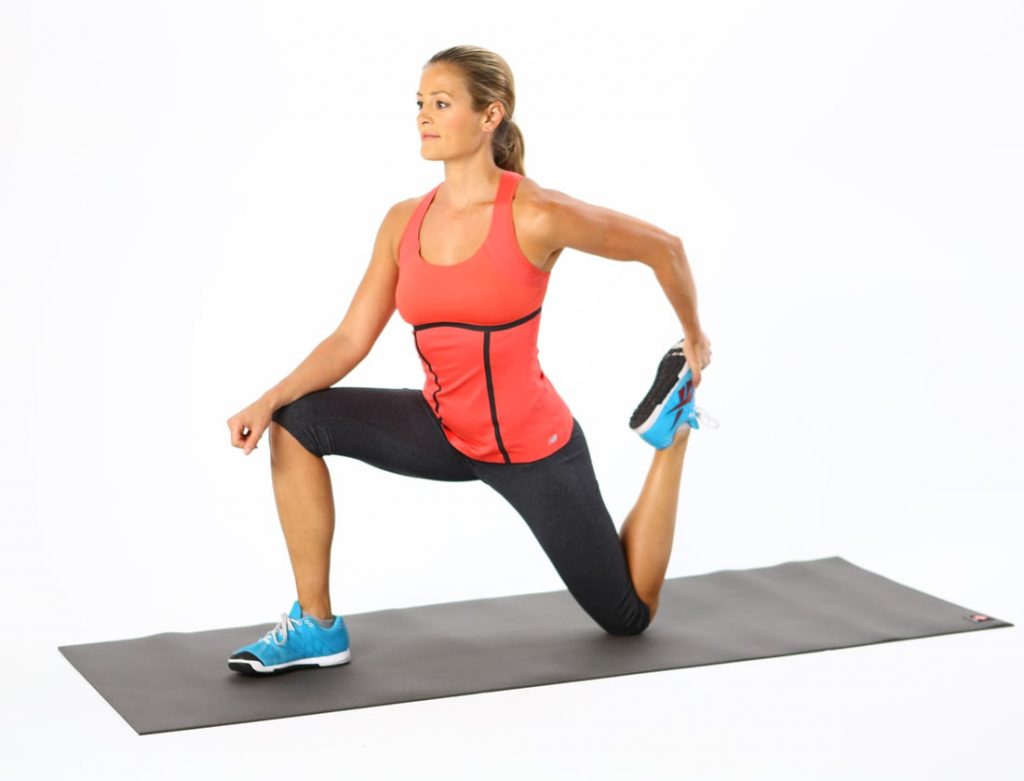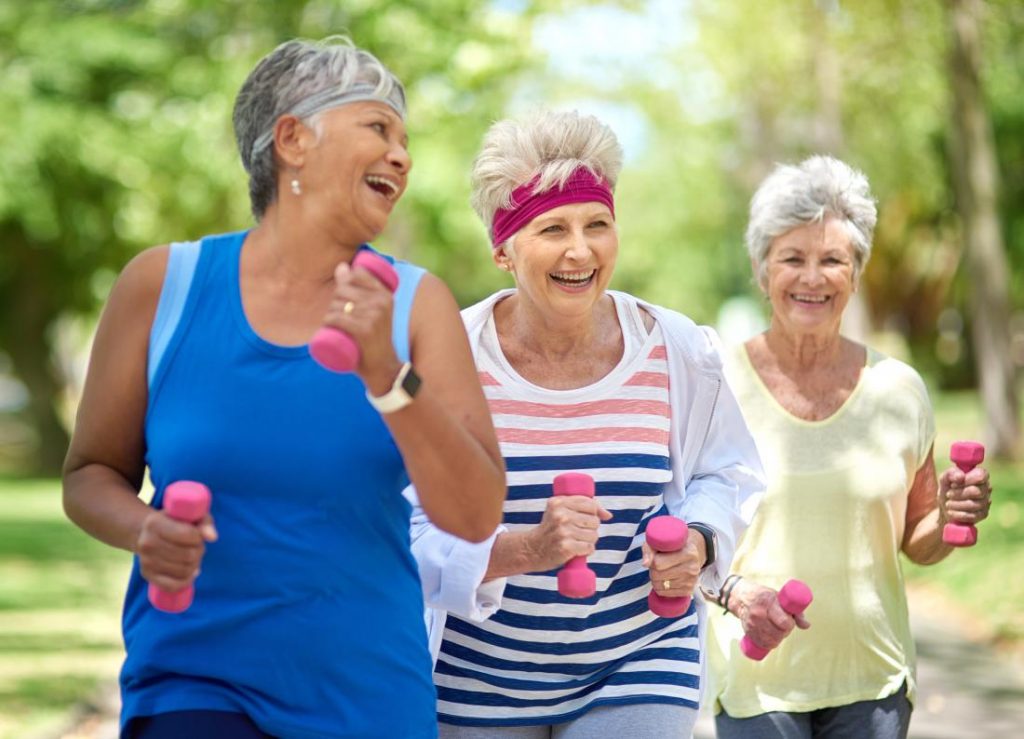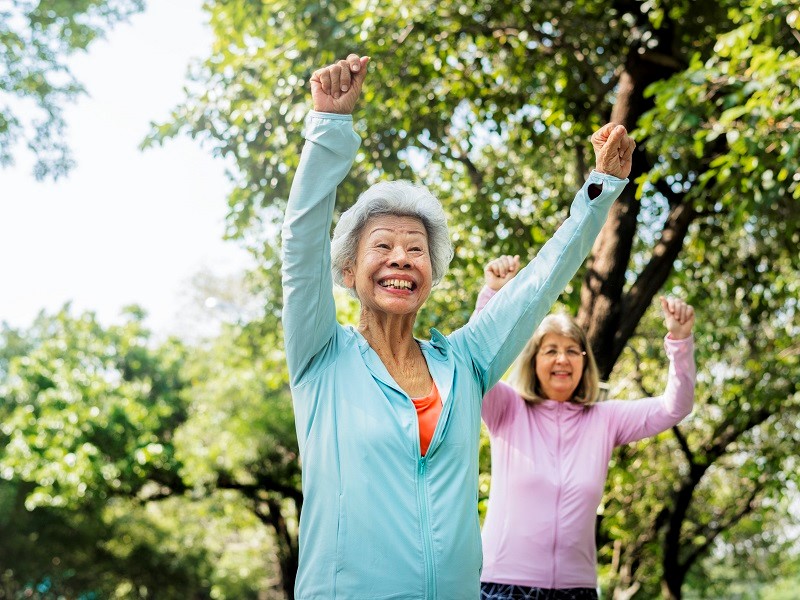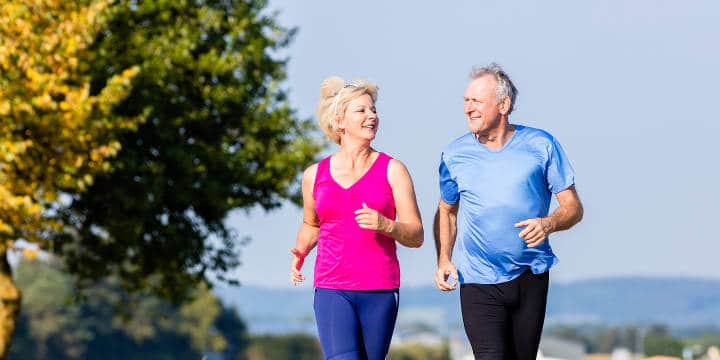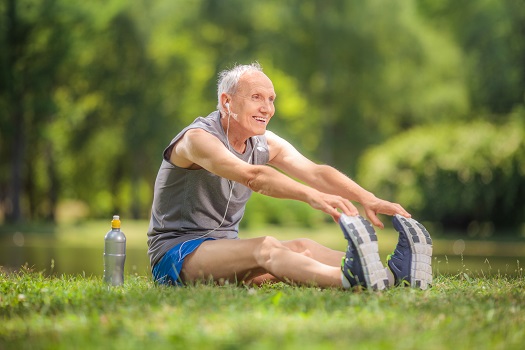Covid 19 Vaccine – Answering your exercise related questions!
Posted on November 3rd, 2021 by Andries Lodder
BY DANIEL SAUER
COVID-19 has drastically changed our lives over the past 2 years — from the way we interact with other people to the way we work. It has even changed the way we exercise.
These days, the availability of the COVID-19 vaccine is helping us get back some sense of normality in daily life. For many people, that means going back to the gym or pool. But, as with any kind of new treatment, people naturally have questions.
What are the common side effects that I should be aware of?
Each vaccine has slightly different side effects. However, research and anecdotal evidence have shown that the Pfizer-BioNTech, Moderna, and Johnson & Johnson’s Janssen COVID-19 vaccines share a number of common side effects. These may include:
- pain, swelling, or discoloration in the vaccinated arm
- headaches
- muscle soreness
- nausea or an upset stomach
- fatigue
- chills
- fever
Many people report mild side effects after the first dose of a two-dose vaccine. However, one study showed that about 50% of people experienced moderate-to-severe side effects after their second dose. It is important to note that most side effects are normal, as they are the body’s way of responding to the vaccine.
Is it safe for me to exercise after receiving the vaccine?
Yes. Even though everyone’s body will react differently and show different side effects, recent research has not identified any risks. A 2021 New England Journal of Medicine study states that side effects may be more intense after the second shot than the first. However, it does not mention any danger as a result of exercising. Essentially, a person should listen to their body after receiving the vaccine and expect not to feel 100% during their next workout. Research has proven that exercises generally reduces the severity of side effects following a vaccine.
Should I avoid exercise after the vaccine?
You may want to avoid moderate to vigorous exercise immediately after receiving the vaccine only if you have an allergic reaction to the vaccine itself.
Common symptoms of an allergic reaction to the vaccine include: hives, swelling, and wheezing (a sign of respiratory distress). These symptoms usually occur within 4 hours of receiving the vaccine. If you have a history of asthma or any respiratory issues, you may want to avoid vigorous aerobic exercise until you know how your body will react to the vaccine.
What types of exercise should I do after COVID-19 vaccine
There is no specific type of exercise recommended after receiving the COVID-19 vaccine. However, exercise in general has been shown to be an effective immunity booster and may even increase the effectiveness of the vaccine.
In a 2021 review on exercise and immunity, researchers noted that moderate to vigorous physical activity resulted in a 31% reduced risk of community-acquired diseases and a 37% reduced risk of mortality from infectious diseases. In addition, exercise has been shown to increase the potency of the vaccine by increasing antibody concentration. These results were not specific to COVID-19, but this is another benefit of habitual exercise.
Researchers looked at aerobic exercise and resistance training individually and in combination; and it all proved to show benefits to those who do exercise.
The Bottom Line
No research has suggested increased health risks associated with exercising after getting the COVID-19 vaccine. Exercise is recommended to help manage pain at the injection site and reduce side effects severity.
Exercise may be difficult if you have more severe side effects. If you have symptoms of an allergic reaction to the vaccine, such as hives, swelling or trouble breathing, contact a doctor and hold off on exercise.
If you feel up to exercising after receiving the COVID-19 vaccine, it shouldn’t cause any issues. Exercise may even be helpful in reducing the risk of infectious disease and improving the potency of vaccines. If you feel well enough to move, then do it!


